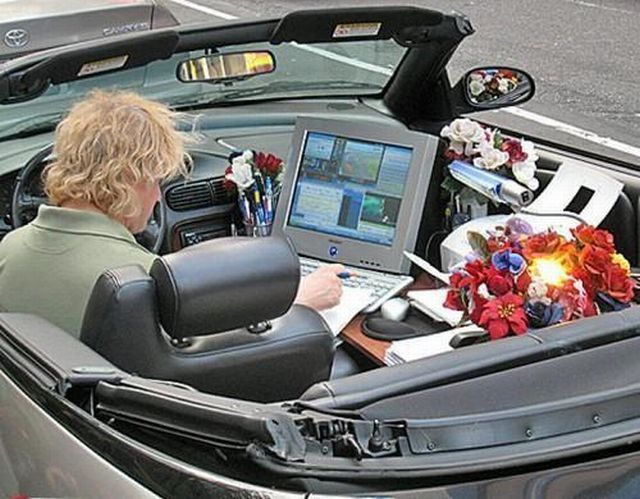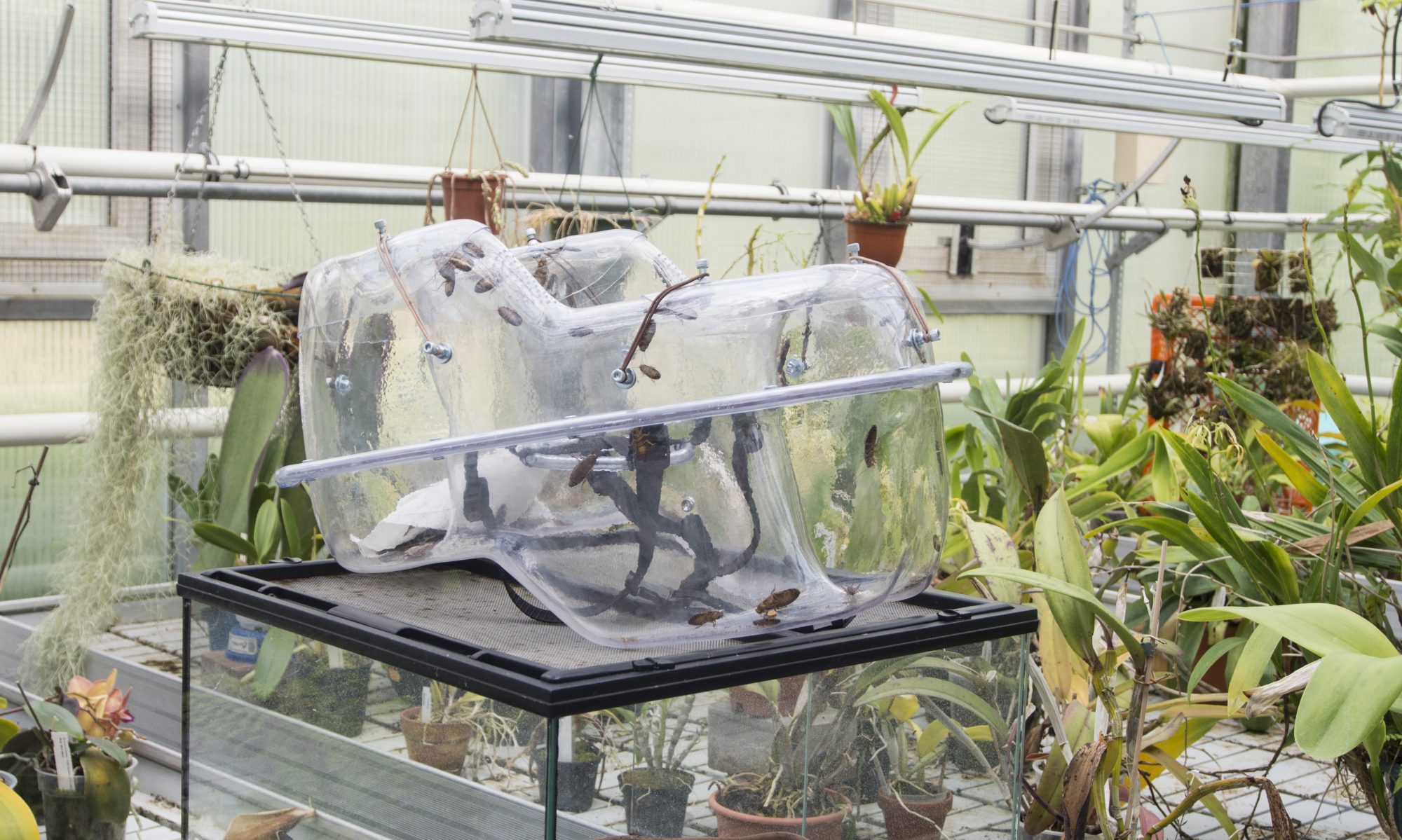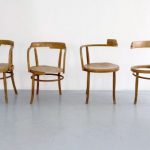Contemporary artist of the world are trained in “the art of deconstruction”.
What is that about and when will construction and restoration become mainstream? A chair themed example of the deconstruction work is the “Der 5. Stuhl” by Eva Chytilek (which was suggested for study by @kuorinki). Other examples in found in this blog are:
- “Dissolving chair” by Astrid N. Bucio
- “Robotic (self healing) chair” by Raffaello D’Andrea (& Co)
- “Seek and Destroy (2011)” by Jan Hakon Erichsen
Designers can deconstruct things too: “The Cut Chair” by Peter Bristol is a prime example. But let’s use Chytilek work as an example. Here is what she writes about her chair piece.
Four original Thonet chairs were deconstructed in order to build a fifth out of them. Taking away one leg of each chair and some other necessary details, an entire fifth chair was made out of four. Therefore each chair got a unique and fragil appearance, deprived of their function, the five chairs turned out to be useless in common sense.
I interpret Chytileks artwork as an illustration of the frustrations of the precariat workforce.
Like Chytileks chair, the labor time of the contemporary workforce is chopped in to shreds. A singular worker seldom gets the opportunity to concentrate a single work process. Instead of immersing into a workflow s/he’ll be offered the possibility to only participate in aspects of a project. One day s/he might be working on “a leg” other days with “the armrest” but s/he’ll never actually be offered the chance to build the chair.
Ultimately a worker might not even know what the outcome of a project is. The work-effort is veiled in constant doubt weather the chunks of a project are even related to each other. Because work is shredded we seldom experience fulfillment as human beings.. In Chytileks terms we are “deprived of our function”.
This is likely how the craftspeople who assembled the first industrially manufactured chairs felt. Chairs by Thonet, which Chytileks has used as motif for her artwork are celebrated as the twilight of industrial design. Most famous of these chairs is the No.14 Chair.
Digital-age technologies and unified technological formats enable us to work in shreds (or micro-tasks) effectively. People from the far ends of the globe have the possibility to collaborate on projects. Both workers may be digitally-native to the same computer operating environments. This sounds like a scifi dream and unified technological formats can convert “work" into a flexible concept altogether.. As the world is being transformed into a assembly line; work is transformed into a form of self exploration: Work is a mood.
Think about Star Trek. Space-explorers never seem to do any "work”. They merely share a passion for exploration but engineers are not being payed for their labor. The same is taking place in our reality: Today people can “work” from their “homes” and the time they work is not measured.. Unfortunately the result of this change is that we are loosing our ability to “sense solidarity”. Instead of meeting and physically sympathizing with each other.. The precariat workforce is deviated an isolated into their private spheres and to become office nomads.


This hurts the pride of skilled professional – One never get acknowledgement for skills when working in shreds. Only the amount of performed tasks is calculated.
In the past, a token of craftsmanship was how effectively s/he could reduce the amount of labor&time needed to complete a task. The evaluation of skills was based on a craftspersons ability to reduce the amount of steps needed to make something. A worker operating hand wield tools benefitted form physical skills and tactile knowledge (passed down trough apprenticeship periods).
Factory assembly line takes the ideal of optimizing labor-time to it’s peak. But automated processes do not require skills from the workers. Assembly line work can be performed by almost anyone. This is why craftspeople hate to work on assembly lines – It’s a grotesque perversion of his/her ideals and traditions.
The digitally native worker has no “work identity”. They might not even see them selfs as “workers”. The concept of “a profession” is last season – Today we define the field we are working on but we seldom define ourself’s as being only professional artists, blacksmiths, writers… etc. We are no longer professionals and are being reduced into mere tinkers and makers. Work has become a lifestyle choice. I believe this is what Joseph Beuys ment when stating that in the everyone can be an artist.
This thinking is highlight in the digital realm. We identify to our artist-avatar names like “coolmanberlin” or “missblue83” instead of using our family names which would hint to our origins and social class. And get our income by playing games which are actually microtasking real work for us. In all we’ve lost track of who we are and what is work… People even argue that being on facebook is a form of work and that we should be payed for it.
The result of this is that we are being immersed in to the “world economy”. Our identities already effect our consumption patterns and our moods change economic realities. Our passions are harmonious with economics.
As we no longer see the difference between work-and-lifestyle we come weak. This lack of an identity makes us fragile and unable to defend ourself from demands made by the capital. Companies attempt to make us feel bad in hopes of affecting our consumption patterns. Emotions are being capitalised.
The body is portrayed as a vehicle for identities – Each of which is represented with a different style (which is obtained by consumption). The absence of an “articulated identity” is celebrated in the efforts of creative practitioners. Much of this is made possible by the efforts of 20th century artist passion for deconstruction. In the beginning it served a purpose – To liberate working classes from their fixed and naive world views. But Beuys&Co nor the Situationist didn’t really think what would happen after people are “liberated” nor did they equip us with tools to handle the situation.
Eva Chytilek does not touch this issue with her artwork. Nor does the writer Dominikus Müller approach them in his writing of Chytilek exhibition: “And the things are hiding in the middle of the room”. The text and the artwork celebrate of the absence of identities. Her work is a celebrations of the postmodern-void.. The site of the identity is illustrate (in a market-orientated fashion) using the term “conventions” (aka. behaviour- and consumption patterns).
Eva Chytilek is also concerned, time and again, with the question of how bodies and space are constituted and of what they are made: what is a space, actually, and what is a volume? What fills this or brings this forth – if nothing else, socially, through the conventions of use? –Müller
BUT the NO-CHAIR-DESIGN Crew turns to the Power Rangers, to learn from them how to organize in our fight against the post-modern void an oppression . The future of art lies in the construction of permanent infrastructure which supports networks, life-styles and ideologies we consider valuable enough to preserve. Not in the endless deconstruction of identities – But Ideologically motivated art.
These issues are further explored by the work of Franco “Bifo” Berardi (here are some notes form a lecture he gave when in Helsinki).


